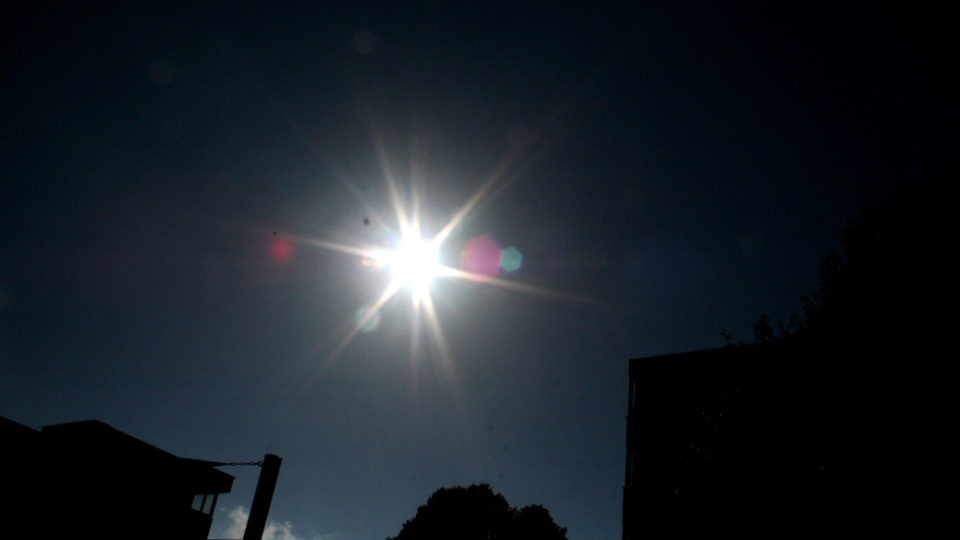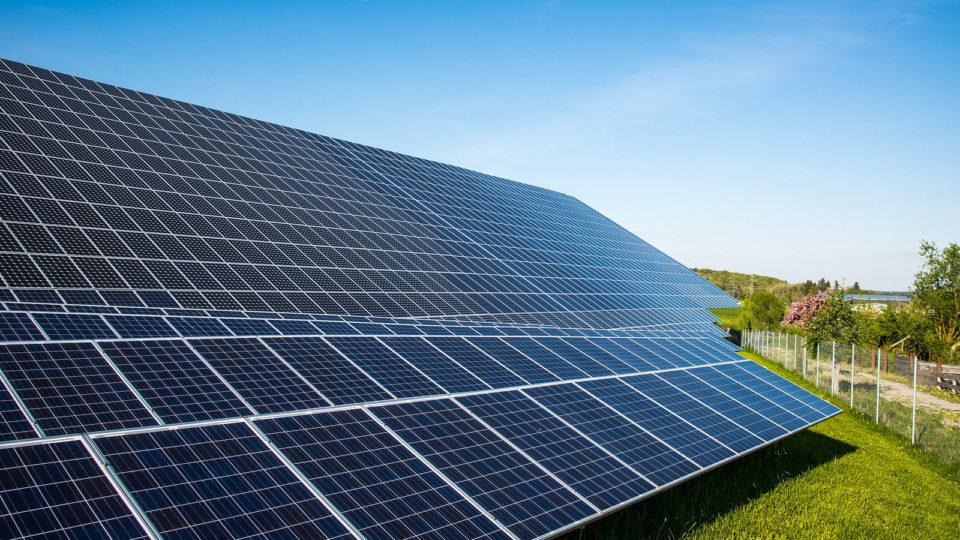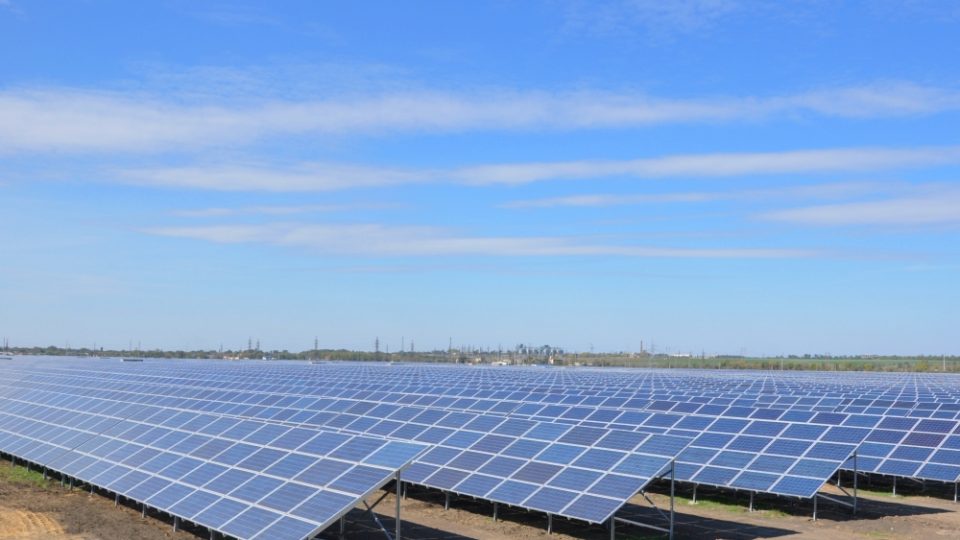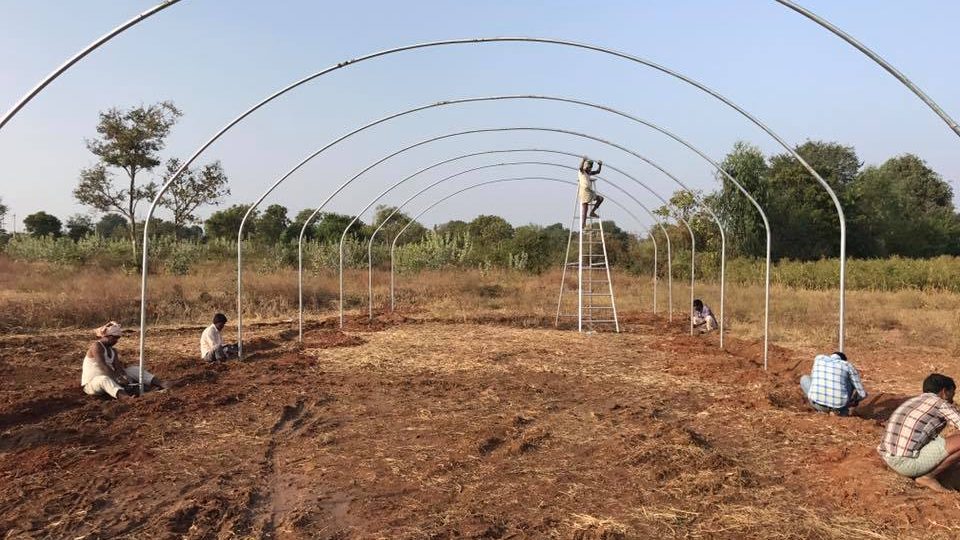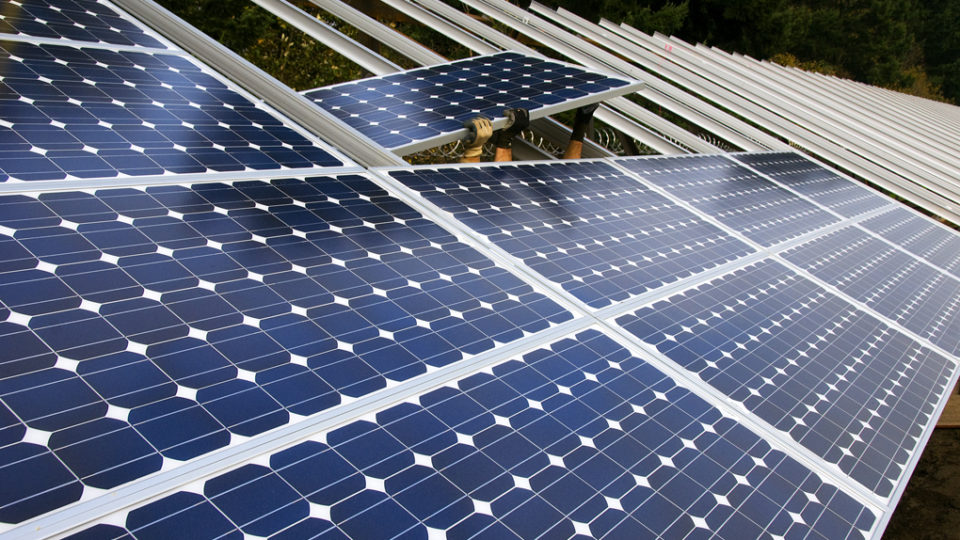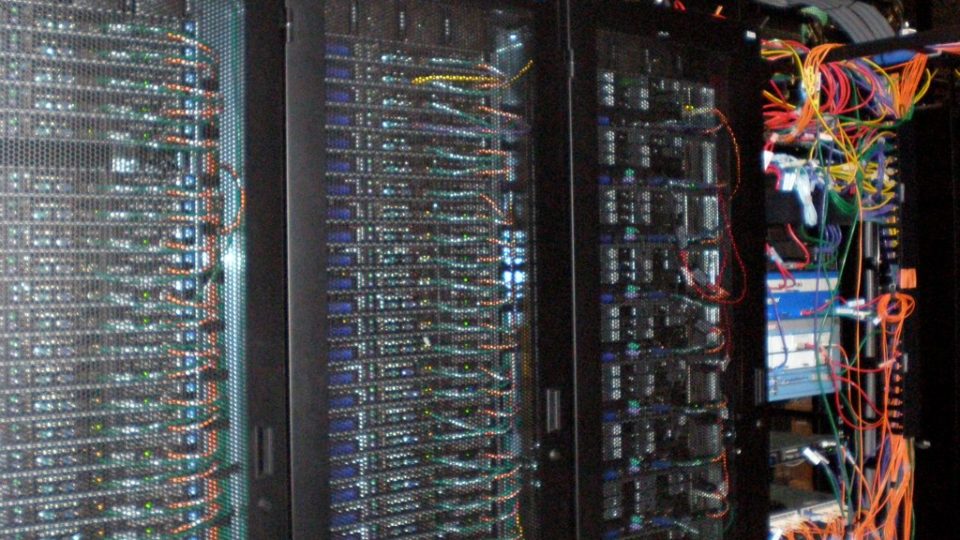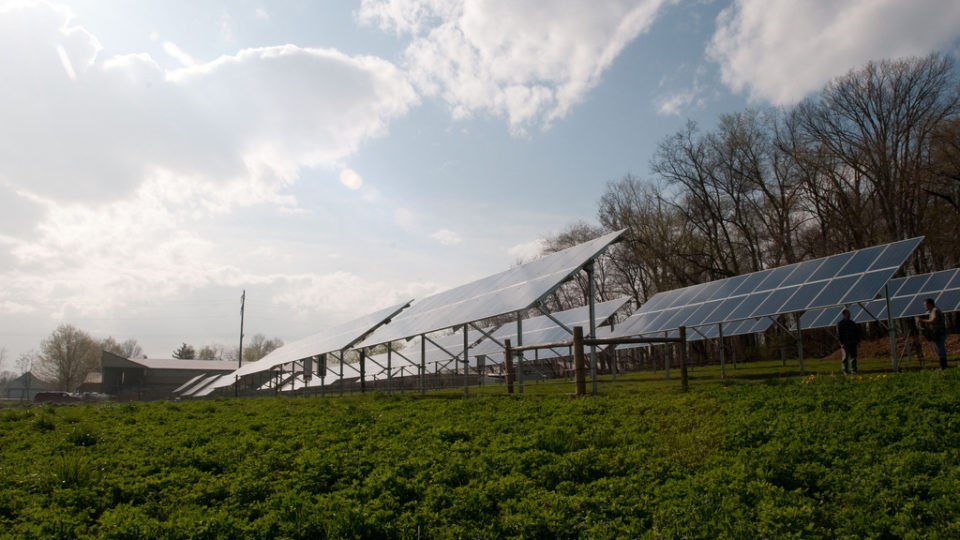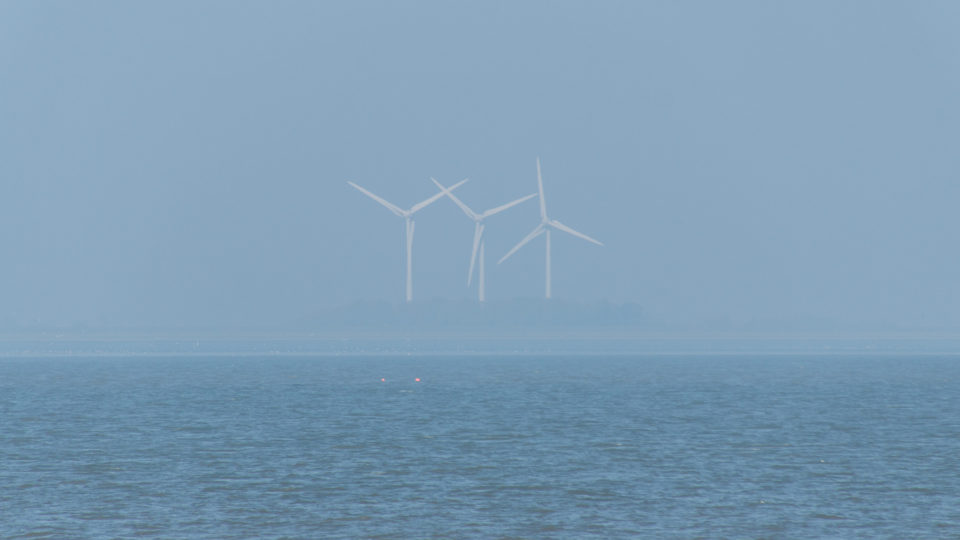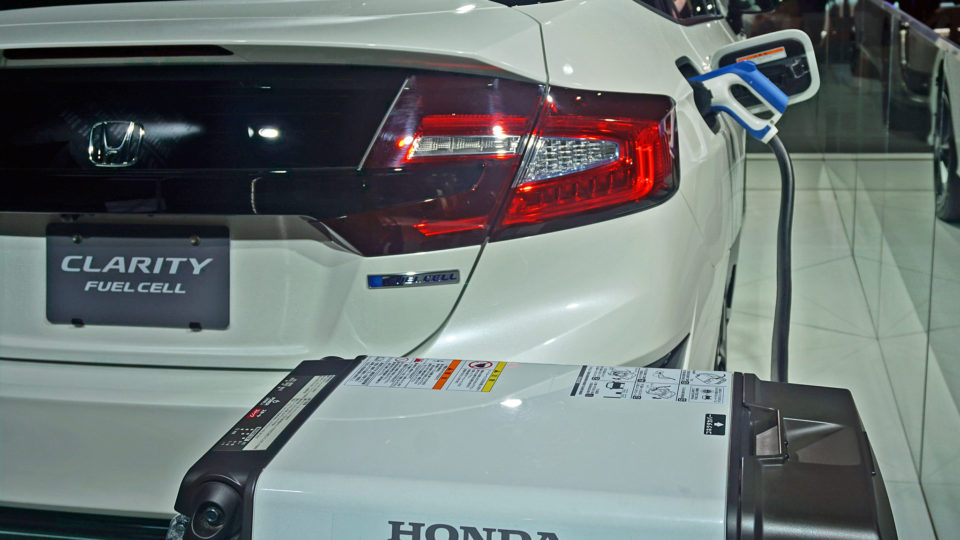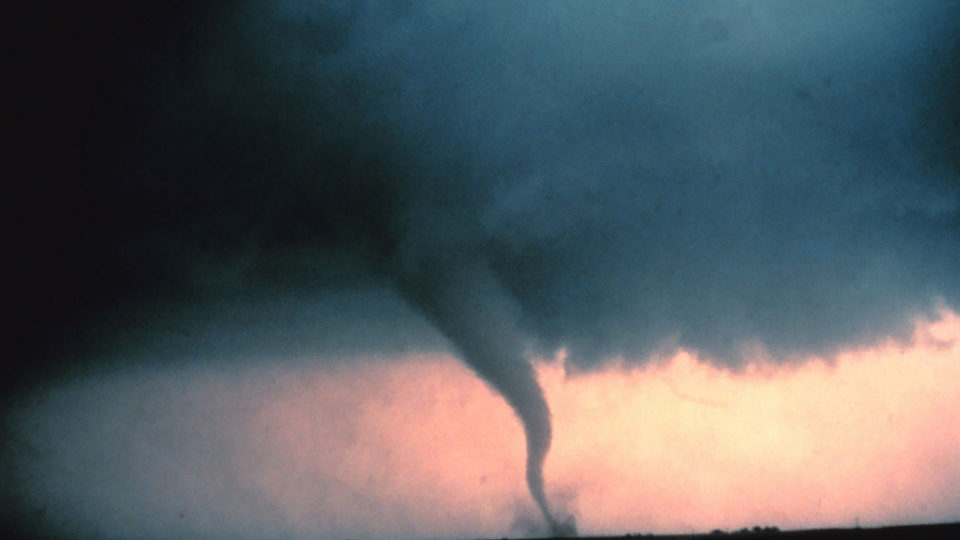It is estimated that air conditioners use about 6% of all the electricity produced in the United States for an annual cost of $29 billion. With rising temperatures, this expense is only going to get larger.
A significant part of the heat load in buildings arises from heat coming through windows. It turns out that for every square meter of window, about 500 watts of heat energy can be brought in by sunlight, equivalent to 5 old-fashioned light bulbs.
Researchers at MIT and the University of Hong Kong have developed a heat-rejecting film that can applied to a building’s windows that will reflect 70% of the sun’s incoming heat. The film is similar to transparent plastic wrap. It remains highly transparent at temperatures below 89 degrees Fahrenheit. Above that temperature, tiny microparticles embedded in the film shrink and the film becomes more translucent or frosted, still letting in a good amount of light, but rejecting a lot of heat.
There are already so-called smart windows on the market, similar to the electrochromic mirrors in cars that darken to prevent trailing headlights from blinding drivers. But that technology is not very effective in rejecting heat and it requires power to operate, which means you would have to pay to turn windows opaque.
Tests of the new film demonstrated its ability to reject heat and lower temperatures. The researchers estimate that if every exterior-facing window in a building were covered in the heat-rejecting film, the building’s air conditioning and energy costs could drop by 10%. Saving ten percent of tens of billions of dollars is no minor matter.
**********
Web Links
See-through film rejects 70 percent of incoming solar heat
Photo courtesy of MIT researchers/MIT.
Earth Wise is a production of WAMC Northeast Public Radio.

